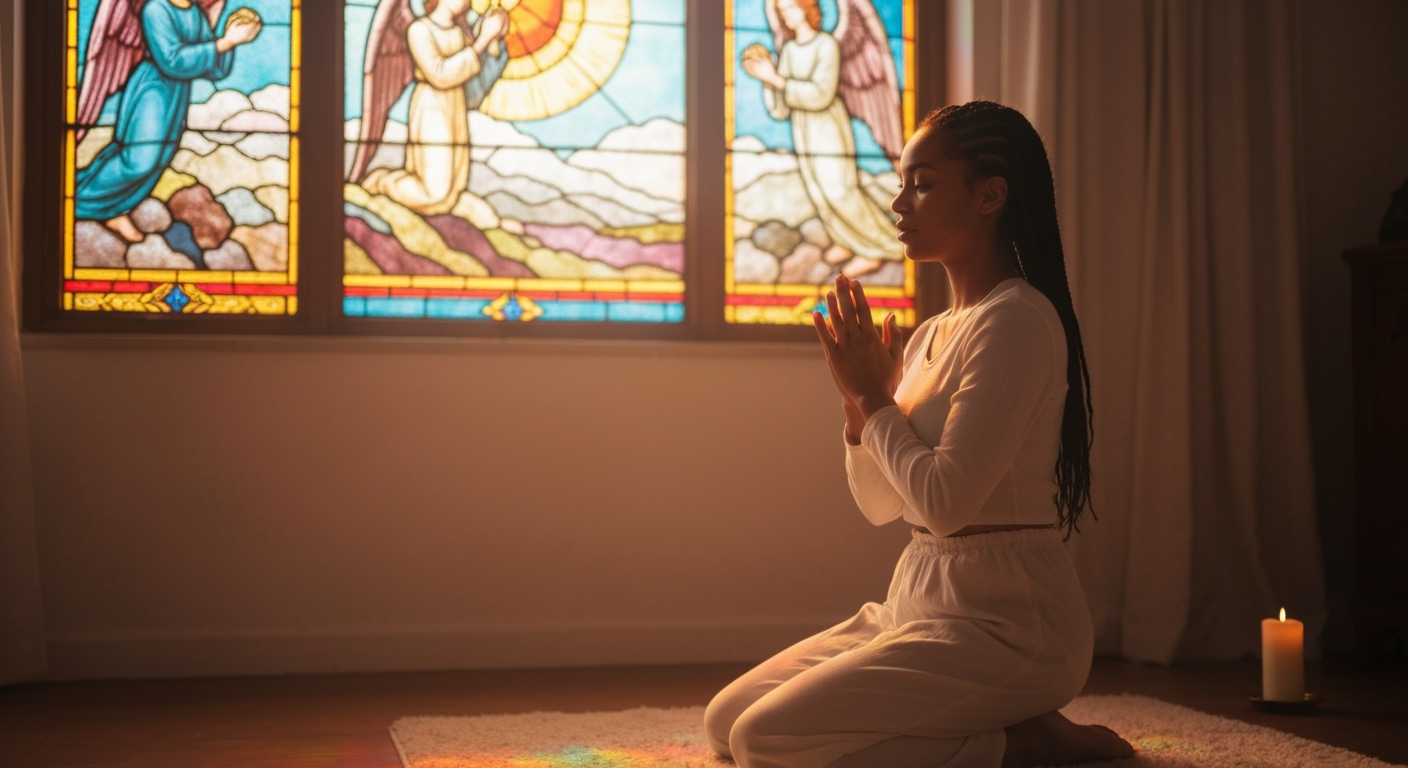
Have you ever felt your prayers were just bouncing off the ceiling? Like you’re talking, but no one’s listening? It’s a common feeling, but the truth is, prayer is a powerful tool for connecting with the divine. The key often lies in intentionality. This post explores how to move beyond rote repetition and unlock the true potential of your prayer life.
What is Intentional Prayer?
Intentional prayer is more than just reciting words. It’s about consciously directing your thoughts, emotions, and desires toward God. It’s an active, engaged conversation where you bring your whole self – your joys, fears, hopes, and doubts – before Him.
Think of it as the difference between driving on autopilot and consciously navigating a winding road. Both get you from point A to point B, but one requires your full attention and engagement, leading to a much richer and more meaningful experience.
Why is Intentional Prayer Important?
- Deeper Connection: Intentional prayer fosters a more profound and intimate relationship with God. It moves you beyond surface-level interactions and allows you to experience His presence in a more tangible way.
- Increased Clarity: By focusing your thoughts and intentions, you gain greater clarity about your life’s purpose and direction. Prayer becomes a compass, guiding you through the complexities of life.
- Greater Peace: When you intentionally surrender your worries and anxieties to God, you experience a sense of peace that surpasses understanding. You learn to trust in His plan, even when you can’t see the path ahead.
- More Effective Prayer: Intentional prayer is more likely to produce tangible results. When your heart is aligned with God’s will, your prayers have greater power and impact.
Practical Steps to Intentional Prayer
Here are actionable steps you can take to cultivate a more intentional prayer life:
- Find a Quiet Space: Designate a specific place where you can pray without distractions. This could be a cozy corner in your home, a peaceful spot in nature, or even a quiet space in your office.
- Set Aside Dedicated Time: Schedule regular prayer times, just as you would any other important appointment. Consistency is key to building a strong prayer life. Even 15 minutes a day can make a significant difference.
- Prepare Your Heart: Before you begin praying, take a few moments to quiet your mind and center your thoughts. You might try deep breathing exercises, listening to calming music, or reading a passage of scripture.
- Focus on Gratitude: Start your prayers by expressing gratitude for the blessings in your life. This helps to shift your focus from your problems to God’s goodness.

- Be Specific: Instead of making general requests, be specific about what you’re asking for. The more precise you are, the easier it will be to recognize God’s answers. Write down your prayers in a journal and track the results.
- Listen Actively: Prayer is a two-way conversation. After you’ve made your requests, take time to listen for God’s response. He may speak to you through your thoughts, feelings, or through other people.
- Pray Scripture: Use scripture as a guide for your prayers. Pray the promises of God back to Him. This will help you to align your heart with His will.
- Pray with Others: Join a prayer group or find a prayer partner. Praying with others can provide encouragement and support, and it can also help you to grow in your understanding of prayer.
Common Obstacles and How to Overcome Them
- Distractions: It’s easy to get distracted during prayer. If your mind wanders, gently bring it back to your focus. Don’t get discouraged; simply start again.
- Doubt: Doubt can be a major obstacle to prayer. If you struggle with doubt, ask God to help you believe. Remind yourself of times when He has answered your prayers in the past.
- Busyness: It can be difficult to find time to pray in a busy schedule. Prioritize prayer and make it a non-negotiable part of your day.
- Discouragement: Sometimes it feels like your prayers aren’t being answered. Don’t give up. Continue to pray with faith and persistence. Remember that God’s timing is not always our timing.
Conclusion: Embracing the Power of Intentional Prayer
Intentional prayer is a transformative practice that can deepen your relationship with God, bring clarity to your life, and empower you to overcome any challenge. By taking the time to cultivate a more intentional prayer life, you can unlock the boundless potential of this spiritual discipline and experience the fullness of God’s presence in your life. Make the commitment today to move beyond rote repetition and embrace the art of intentional prayer. Your spiritual life will never be the same.